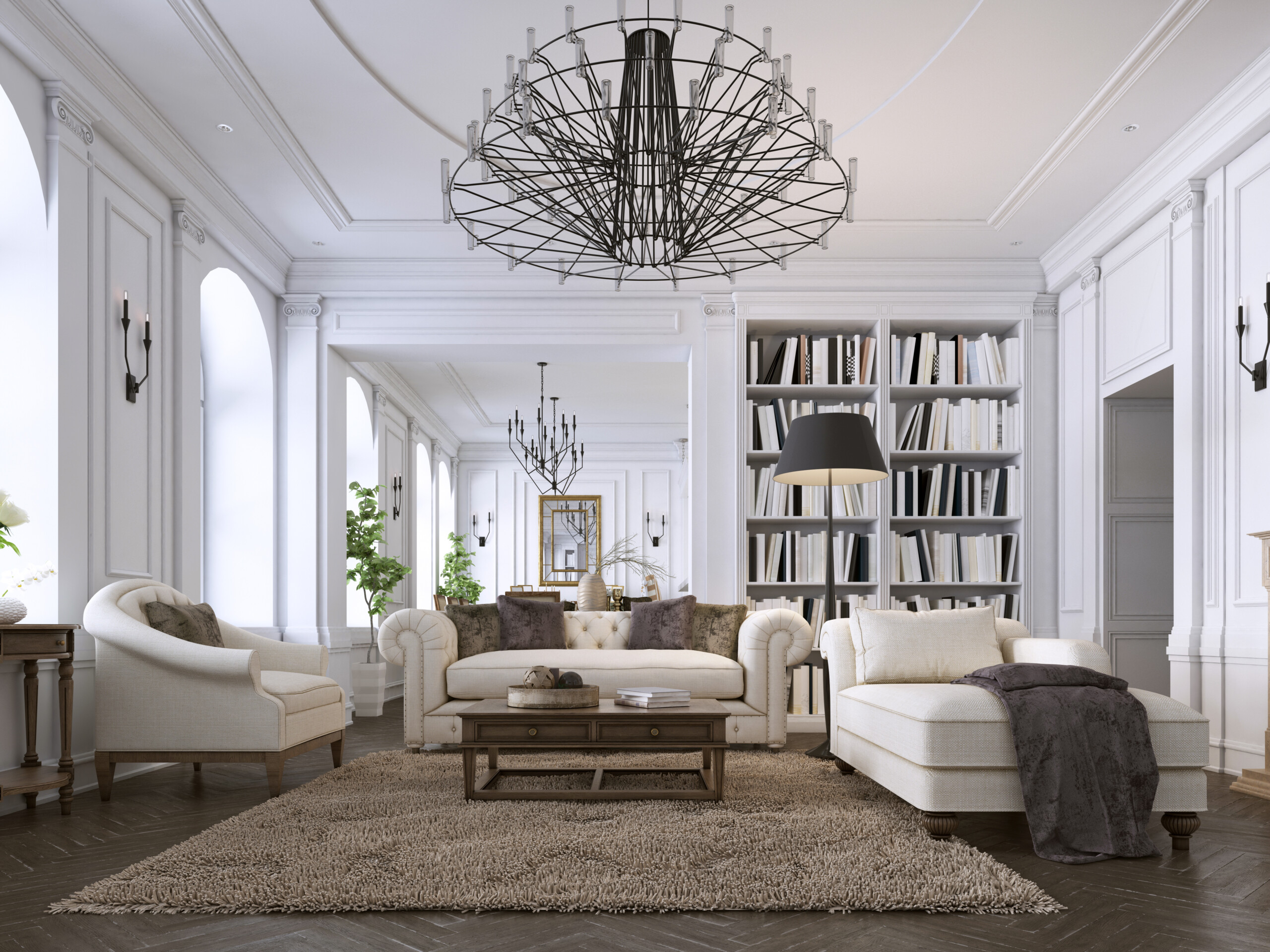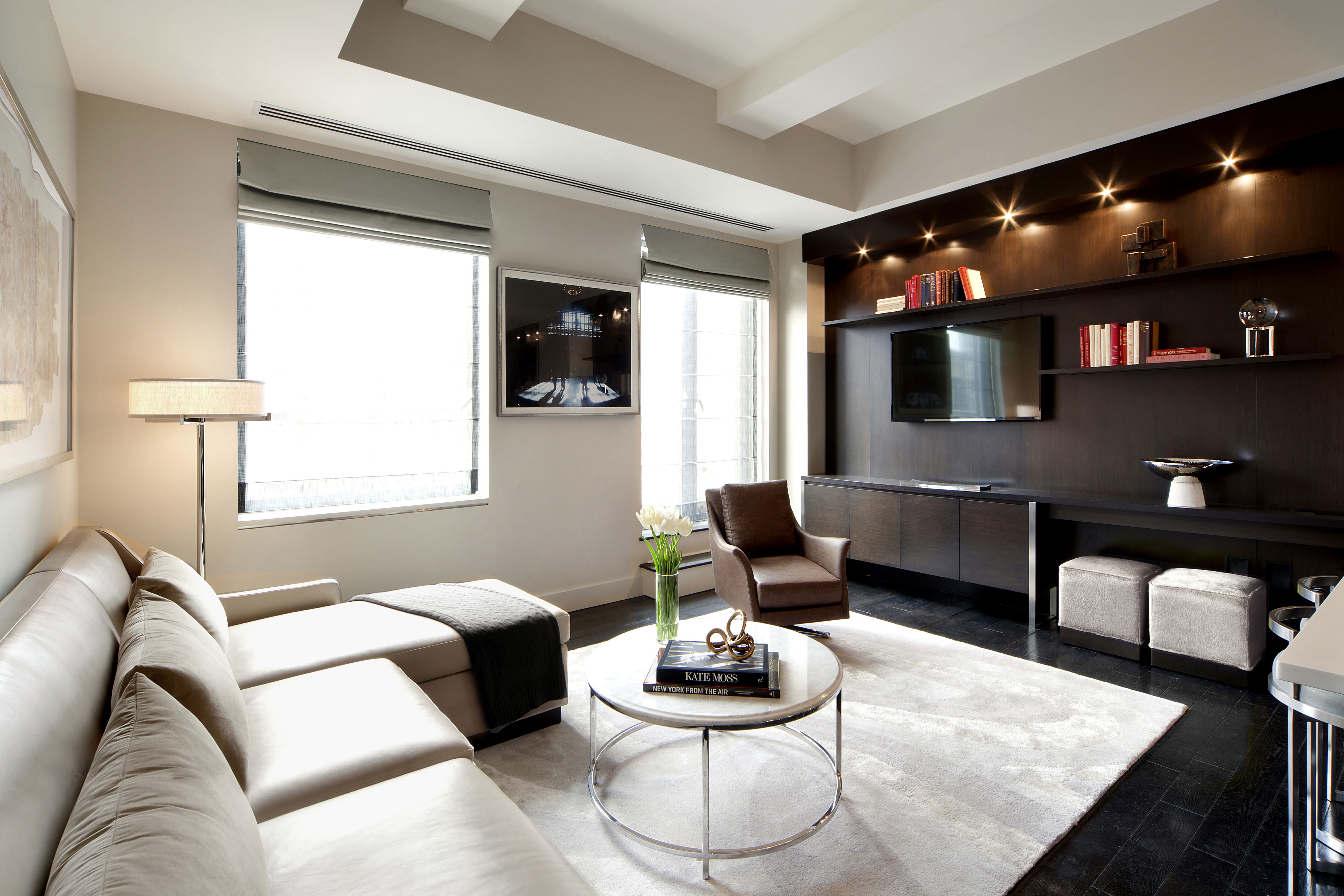Interior Design Trends and Styles

Interior design and decoration – The world of interior design is constantly evolving, with new trends emerging every season. These trends are influenced by a variety of factors, including fashion, art, and culture. In recent years, we have seen a growing emphasis on sustainability and natural materials, as well as a renewed interest in traditional and vintage styles.
Interior design and decoration encompass a wide range of styles and influences, drawing inspiration from diverse cultures around the world. One particularly vibrant and distinctive approach is brazilian interior design , known for its bold colors, lush greenery, and intricate patterns.
Brazilian designers seamlessly blend traditional elements with modern flair, creating spaces that are both aesthetically pleasing and inviting.
Color Palettes
Color is one of the most important elements of interior design. It can create a mood, set the tone for a room, and even affect our well-being. In recent years, we have seen a move away from bright, bold colors towards more muted and natural tones. These colors are often inspired by nature, such as greens, blues, and browns. They create a sense of calm and serenity, and can be used to create a variety of different looks, from traditional to modern.
Textures
Texture is another important element of interior design. It can add interest and depth to a room, and can be used to create a variety of different looks. In recent years, we have seen a growing emphasis on natural textures, such as wood, stone, and leather. These textures create a sense of warmth and coziness, and can be used to create a variety of different looks, from rustic to contemporary.
Patterns
Patterns can be a great way to add personality to a room. They can be used to create a focal point, or to add a touch of whimsy. In recent years, we have seen a growing interest in geometric patterns, as well as patterns inspired by nature. These patterns can be used to create a variety of different looks, from traditional to modern.
Interior design and decoration play a crucial role in creating spaces that reflect our personal styles and enhance our well-being. In recent years, the concept of sustainable interior design has gained prominence, emphasizing the use of eco-friendly materials, energy-efficient appliances, and practices that minimize environmental impact.
By embracing sustainability in our interior choices, we not only create beautiful and comfortable spaces but also contribute to a healthier planet, ultimately enhancing the harmony between our homes and the environment.
Design Styles
There are many different design styles to choose from, each with its own unique look and feel. Some of the most popular design styles include:
- Modern: Modern design is characterized by clean lines, simple shapes, and a focus on functionality. It often uses neutral colors and natural materials, such as wood, stone, and metal.
- Traditional: Traditional design is characterized by ornate details, rich fabrics, and a focus on symmetry. It often uses dark wood finishes, heavy drapes, and antique furniture.
- Scandinavian: Scandinavian design is characterized by a focus on simplicity, functionality, and natural materials. It often uses light colors, natural wood finishes, and simple lines.
Cultural Influences
Culture plays a significant role in interior design. Different cultures have their own unique aesthetic traditions, which can be reflected in the design of their homes. For example, Japanese design is often characterized by a focus on simplicity, natural materials, and a connection to nature. Moroccan design, on the other hand, is often characterized by a use of bright colors, intricate patterns, and luxurious fabrics.
Space Planning and Functionality: Interior Design And Decoration

Space planning is the process of arranging the elements of a space to create a functional and aesthetically pleasing environment. It involves considering the purpose of the space, the activities that will take place within it, and the needs of the people who will use it. Good space planning can maximize the use of space, create a sense of flow and continuity, and improve the overall functionality of a room.
Optimizing Space Planning for Different Room Types
The principles of space planning apply to all types of rooms, but there are some specific considerations for each type of space. Here are some tips for optimizing space planning for different room types:
- Living rooms: Living rooms are typically used for relaxing, entertaining, and socializing. When planning a living room, it is important to consider the flow of traffic and the placement of furniture to create a comfortable and inviting space.
- Bedrooms: Bedrooms are used for sleeping and relaxation. When planning a bedroom, it is important to create a calming and restful environment. The placement of the bed, dresser, and other furniture should be carefully considered to create a sense of balance and harmony.
- Kitchens: Kitchens are used for cooking and preparing food. When planning a kitchen, it is important to create a functional and efficient layout that maximizes storage space and allows for easy movement. The placement of the stove, refrigerator, and sink should be carefully considered to create a work triangle that minimizes wasted steps.
Maximizing Storage and Creating Functional Layouts, Interior design and decoration
One of the most important aspects of space planning is maximizing storage space. This can be done by using built-in storage, such as shelves, cabinets, and drawers, as well as by using furniture that has built-in storage, such as ottomans with storage compartments or beds with drawers. It is also important to create a functional layout that allows for easy movement and access to all areas of the room.
Considering Ergonomics and Accessibility in Interior Design
Ergonomics is the study of how people interact with their environment. When designing a space, it is important to consider ergonomics to create a space that is comfortable and easy to use. This includes considering the height of furniture, the placement of light switches and outlets, and the accessibility of all areas of the room.
Material Selection and Application

Materials play a crucial role in interior design, shaping the aesthetics, functionality, and durability of spaces. Understanding the characteristics and applications of various materials is essential for creating visually appealing and functional interiors.
Types of Materials
- Wood: Natural and versatile, wood offers warmth, texture, and durability. Its applications range from flooring to cabinetry, furniture, and wall paneling.
- Fabrics: Fabrics bring color, texture, and comfort to interiors. They are used for upholstery, curtains, bedding, and wall coverings, adding visual interest and acoustic absorption.
- Metals: Metals provide strength, durability, and a modern aesthetic. They are commonly used for furniture frames, light fixtures, appliances, and architectural elements.
- Stone: Natural stone, such as marble, granite, and limestone, adds elegance and durability to spaces. It is used for countertops, flooring, fireplaces, and wall cladding.
- Glass: Glass brings transparency and natural light into interiors. It is used for windows, doors, partitions, and decorative elements, creating a sense of spaciousness and modernity.
Material Selection Considerations
When selecting materials, consider factors such as:
- Durability: Materials should withstand wear and tear, especially in high-traffic areas.
- Aesthetics: Materials should complement the overall design scheme and create the desired ambiance.
- Sustainability: Opt for materials that are eco-friendly, renewable, and low-maintenance.
Combining Materials
Combining different materials can create visually appealing and functional spaces. For instance:
- Pairing wood flooring with a fabric sofa and metal accents adds warmth, comfort, and a touch of modernity.
- Using stone countertops with glass backsplashes creates a sleek and sophisticated kitchen.
- Combining metal frames with fabric upholstery creates contemporary and comfortable furniture pieces.